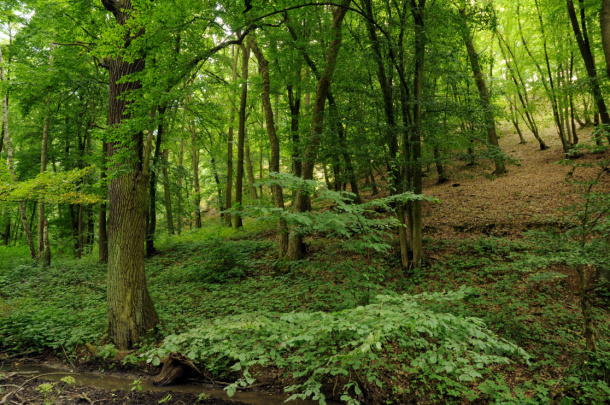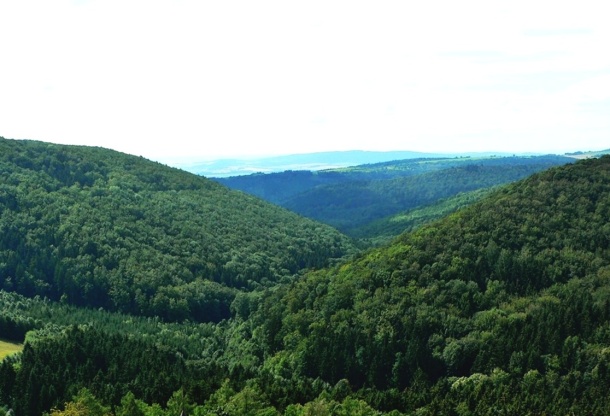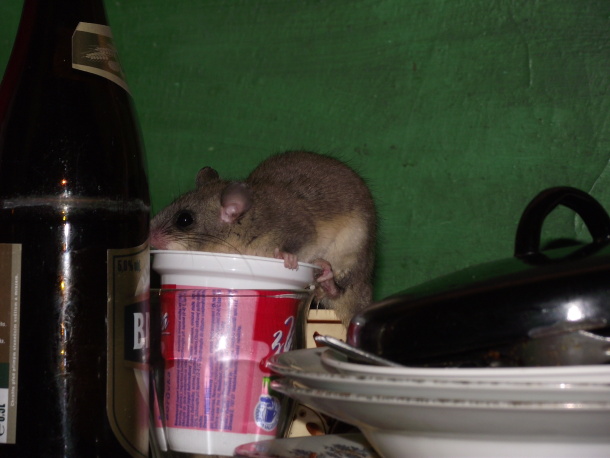Where does the Edible dormouse live?

Over the course of last year, we started a nationwide monitoring project of the occurrence of the edible dormouse.
Why the Dormouse?
It is one of the least mapped mammalian species in our country. When there are findings, they are usually random and typically from forest huts and summer camps where they like find their way into the field kitchen or from bird boxes, where they like to hibernate in over winter.
To a large extent, due to their behaviour, we have large gaps in our knowledge. They are generally nocturnal and are one of the longest dormant species therefore have a relatively short activity period. Another reason for our lack in knowledge could be due to their feeding activity. They have a strong dependence on broadleaf seeds such as beech, oak, maple or hornbeam. Trees such as oaks and beeches do not produce every year and so in these years, most dormice do not reproduce and wait for more favourable conditions. This can sometimes be as long as 4 to 6 years! During these periods, dormice activity is very low and they only wake up for short periods. Sometimes, they will sleep for up to 11 months of the year. In these years, the chances of finding them are much lower than in years when the trees flower.
Where can we find an edible dormouse?
The best chance of finding one would be in deciduous forests. They are most numerous in beech forests and oak forests, but also in scree forests. They avoid purely coniferous forests, but interestingly, sometimes only the presence of several large beeches or oaks in such a forest is enough for them to survive. The mix of trees increases the chance that at least some of them will be flowering in the year. The characteristics of the forest is also another factor that affects the appearance of dormice. For example, when the forest has shrub-rich edges or when the tree crowns touch each other, rather than sparse forests, you are more likely to find dormice. This is all due to the fact that they are well adapted to the tree way of life, it’s much easier for the dormouse to move in dense vegetation than on the ground.

In some areas, you may find dormice in gardens, densely overgrown hillsides or old orchards. Other places where dormice can be found are geomorphologically rich, rugged areas, like caves or rocky areas, as well as old castles. Some dormice push the boundaries and reach the luxury living areas of cottages or chalets in the forest. These warm houses provide shelter and food for dormice. There are many cases, however, where some careless dormouse has accidentally fallen into a saucepan…

(Photo: Vojtěch Obrdlík)
More information about the project ‘Extending the Dormouse and Determining Its Habitat in the Czech Republic’ can be found here.
Supported by a grant from Iceland, Liechtenstein and Norway. This activity is implemented with financial support from the EEA funds 2009-2014 and the Ministry of the Environment. Its content is solely the responsibility of ALKA Wildlife, ops and in no way can be regarded as the opinion of the donor or the Ministry of the Environment.


